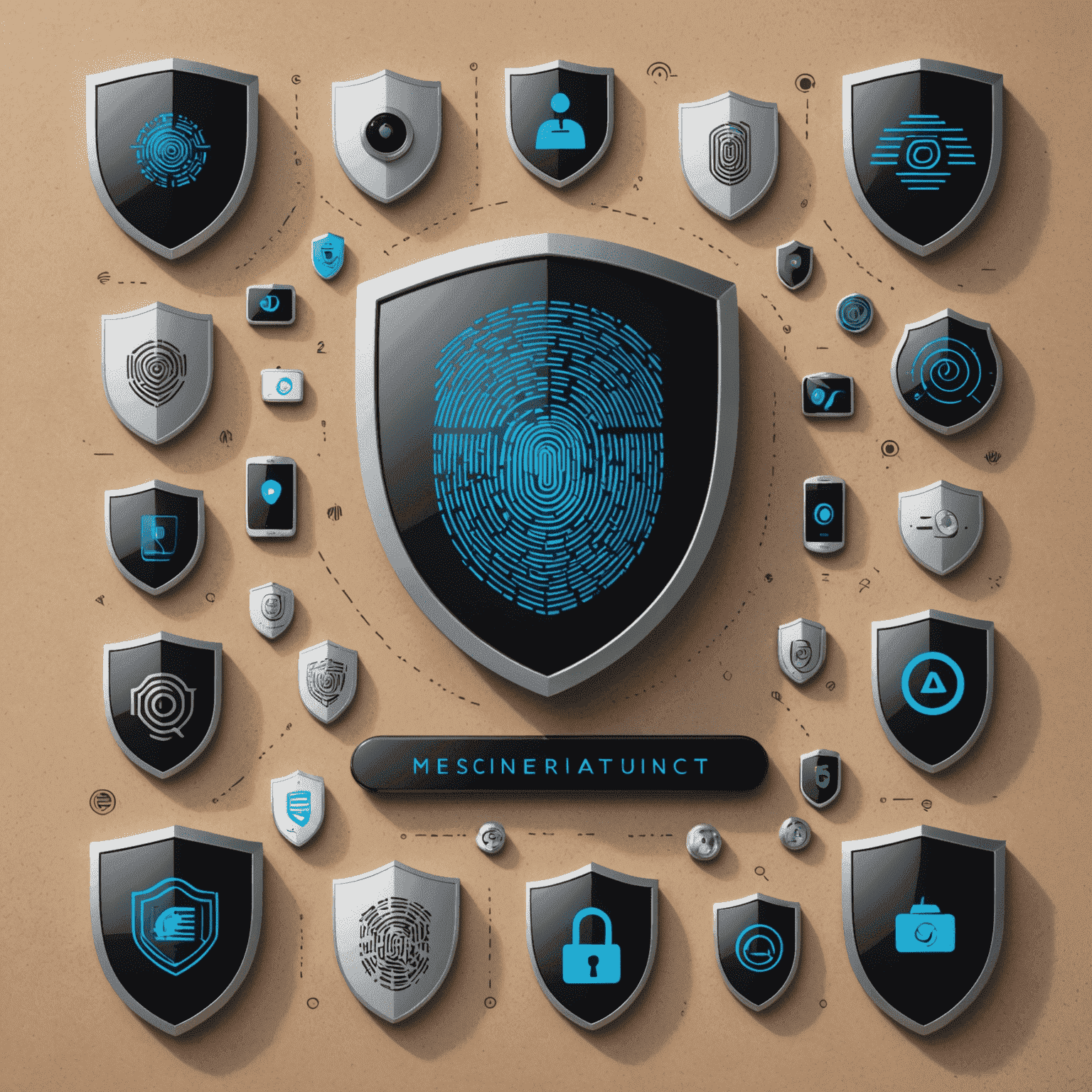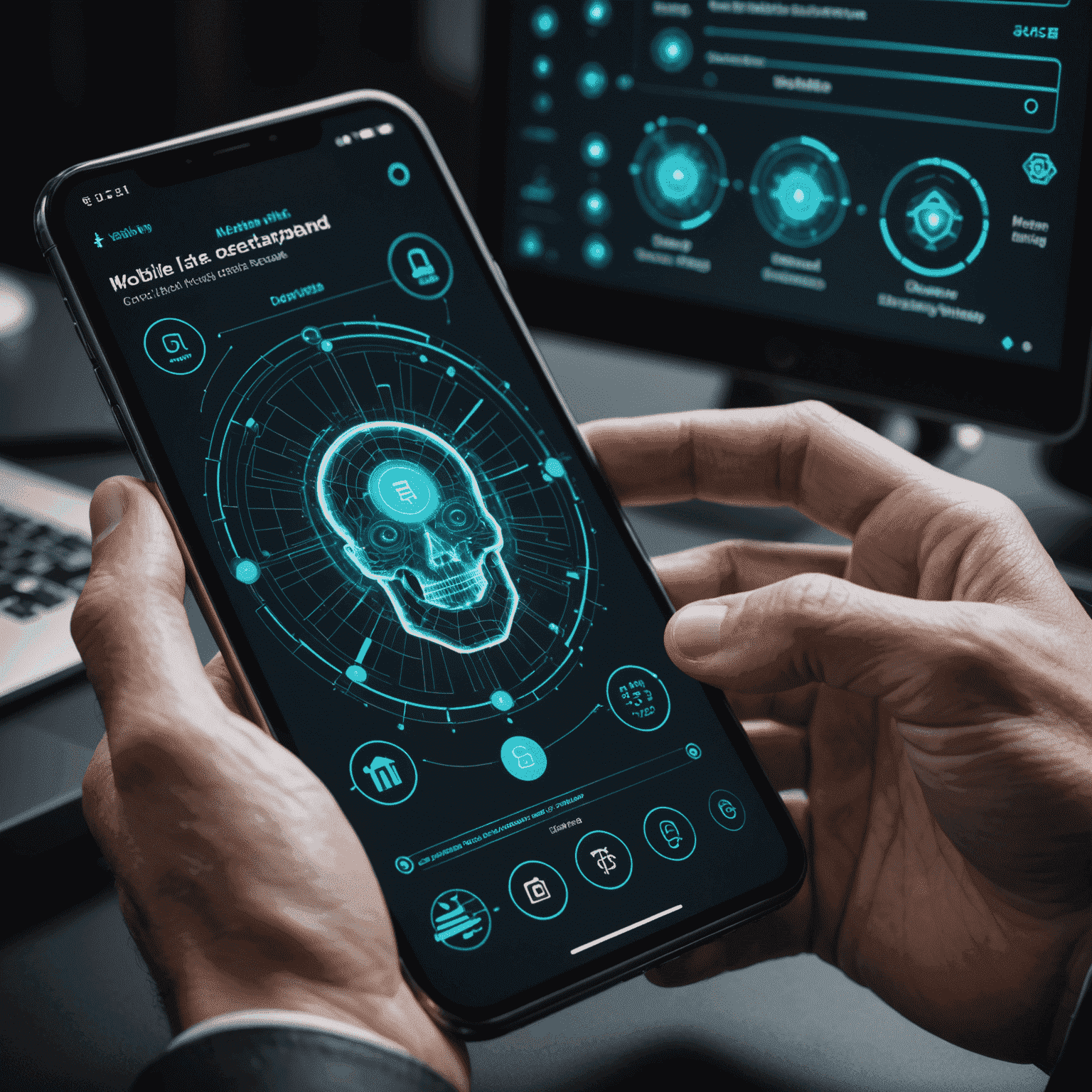Mobile Security Trends: Safeguarding Business Communications

In today's fast-paced business environment, mobile devices have become indispensable tools for communication and productivity. However, with the increasing reliance on smartphones and tablets comes a greater need for robust security measures. Let's explore the current trends and best practices in mobile device security for businesses.
1. Biometric Authentication
Fingerprint scanners and facial recognition technologies are becoming standard features in modern smartphones. Businesses are increasingly adopting these biometric authentication methods to enhance security and user convenience.
2. Mobile Device Management (MDM)
MDM solutions allow IT departments to remotely manage and secure company-owned mobile devices. This includes the ability to enforce security policies, install updates, and even wipe data from lost or stolen devices.
3. Encrypted Communications
End-to-end encryption for calls, messages, and file transfers is becoming a must-have feature for business communications. This ensures that sensitive information remains confidential, even if intercepted.

4. Regular Security Updates
Keeping mobile operating systems and apps up-to-date is crucial for maintaining security. Many businesses are now implementing policies that require automatic updates or regular manual updates to patch vulnerabilities.
5. Virtual Private Networks (VPNs)
VPNs are essential for securing data transmission when employees are working remotely or using public Wi-Fi networks. They create an encrypted tunnel for all internet traffic, protecting sensitive business information.
6. Multi-Factor Authentication (MFA)
MFA adds an extra layer of security by requiring two or more forms of verification before granting access to sensitive data or applications. This could include a combination of passwords, biometrics, and one-time codes.
7. AI-Powered Threat Detection
Artificial Intelligence is being leveraged to detect and respond to security threats in real-time. AI algorithms can analyze patterns of behavior to identify potential security breaches before they occur.

Conclusion
As mobile devices continue to play a crucial role in business operations, staying ahead of security trends is essential. By implementing these best practices, companies can protect their sensitive data and ensure secure mobile communications.
Remember, whether you're managing a fleet of company devices or implementing a Bring Your Own Device (BYOD) policy, security should always be a top priority. Stay informed, stay updated, and keep your mobile communications safe.